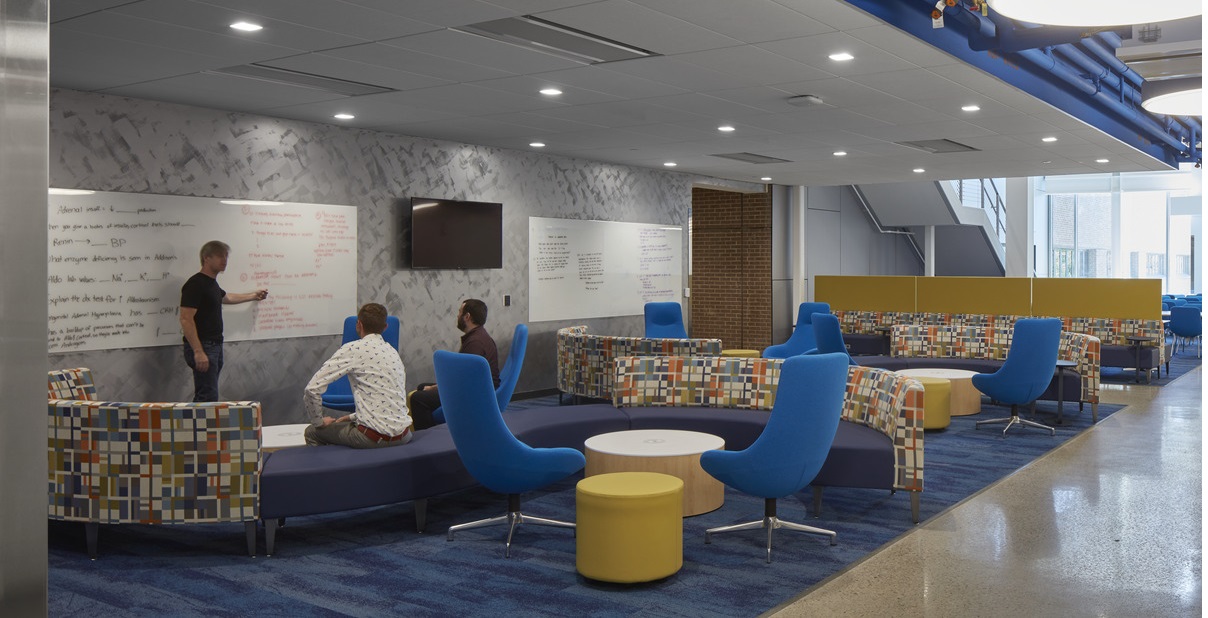
We polled higher education institutions across the country – asking what they value in planning and utilizing their STEM spaces.

We polled higher education institutions across the country – asking what they value in planning and utilizing their STEM spaces.
Future-proofing is a strategic approach that architects and builders use when designing buildings. The concept is all about predicting potential future challenges— anything from environmental pressures, such as extreme weather conditions, to societal changes, like new technology demands.
By anticipating these factors, a building can remain functional and relevant, even as times change. The goal is to prevent a building from becoming obsolete or outdated, ensuring it can serve its purpose for many years to come. Download our top 4 tips for future proofing your next building below!
Designing student housing for higher education institutions involves balancing flexibility, durability, cost, and the social dynamics of student life.
At the recent 2024 Campus Home. LIVE! ACUHO-I conference, three key debates emerged from surveying attendees — wardrobes versus built-in closets, lofted versus grounded beds, and private versus shared living quarters—each have significant implications for cost and facilities planning. Each presents pros and cons worth considering when discussing student living unit design.
Affordable student housing has become a critical issue in higher education, significantly impacting students’ ability to succeed academically and maintain their well-being.
In the short term, to address the pressing issue of affordable student housing, institutions must implement comprehensive support services to mitigate the impact of housing scarcity.
In the mid-and long-term, institutions are implementing a patchwork of tactics to make new student housing developments “pencil out”. To meet this crisis, institutions are getting creative with a mix of funding and innovative construction techniques.
Explore solutions and success stories in our piece below!